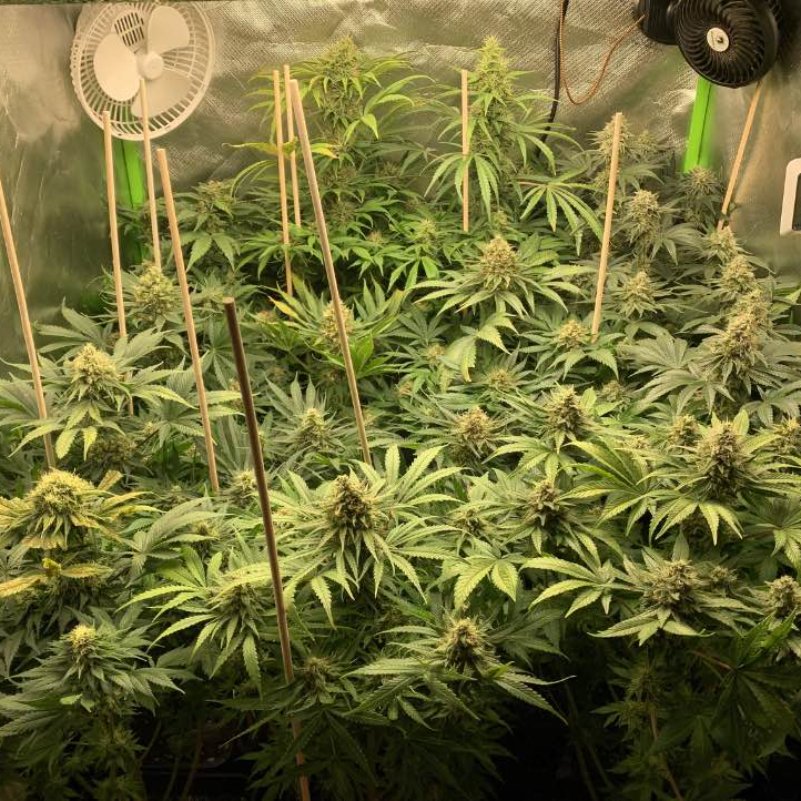When creating a controlled environment for your indoor plants, proper ventilation is vital. It helps regulate temperature, humidity, and carbon dioxide levels, ensuring your plants thrive. An intake fan is a key component of the ventilation system, but let's delve deeper into why it matters.
Understanding Grow Tent Ventilation
Before discussing the importance of an intake fan, it's essential to understand the basics of growing tent ventilation. A well-ventilated grow tent allows fresh air to enter while removing stale air and excess heat. This process helps maintain the ideal growing conditions for your plants.
The Role of an Intake Fan
An intake fan serves as the entry point for fresh air into your grow tent mate. It pulls air from outside the tent and circulates it inside, creating a steady airflow. This ensures a continuous supply of fresh oxygen, which is essential for photosynthesis and healthy plant development.
Benefits of Using an Intake Fan
Using an intake fan in your grow tent offers several benefits. Let's explore them:
1. Improved Air Circulation: The intake fan promotes proper air circulation within the tent, preventing stagnant air pockets that could lead to mold, mildew, or pests.
2. Temperature Regulation: Fresh air from the intake fan helps maintain optimal temperatures in the grow tent, preventing overheating and temperature fluctuations.
3. Humidity Control: Proper airflow helps manage humidity levels by preventing excess moisture buildup, reducing the risk of mold and other humidity-related issues.
4. CO2 Distribution: An intake fan brings in fresh air rich in carbon dioxide (CO2), which is vital for photosynthesis. Sufficient CO2 levels enhance plant growth and yield.
5. Odor Control: By introducing fresh air from outside, the intake fan helps minimize the concentration of odors produced by your plants.
Factors to Consider
While an intake fan offers numerous advantages, it's important to consider a few factors before deciding if it's necessary for your grow tent:
1. Tent Size: Larger grow tents generally require more powerful intake fans to ensure adequate airflow throughout the space.
2. Plant Density: If you have a high plant density or a larger number of plants, an intake fan becomes even more crucial to maintain proper air circulation.
3. Location and Climate: Consider the ambient air quality and temperature in the area where your grow tent is situated. If the air is already fresh and cool, an intake fan may be less necessary.
Alternatives to an Intake Fan
While an intake fan is commonly used, there are alternative ventilation methods for grow tents:
1. Passive Intake: In some cases, passive intake vents or screened openings can provide sufficient fresh air without the need for an intake fan. However, this method relies on external factors like wind and temperature differentials.
2. Exhaust-Only
Ventilation: If your grow tent is located in an area with ample fresh air supply, you may opt for an exhaust-only ventilation system. This setup uses exhaust fans to expel stale air, relying on natural air infiltration for fresh air intake.
In conclusion, an intake fan is an essential component of a well-designed grow tent ventilation system. It promotes air circulation, regulates temperature and humidity, and ensures an adequate supply of fresh CO2 for optimal plant growth. However, the need for an intake fan depends on factors such as tent size, plant density, and ambient air quality. Consider your specific requirements and make an informed decision for your grow tent setup.

